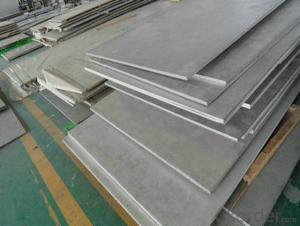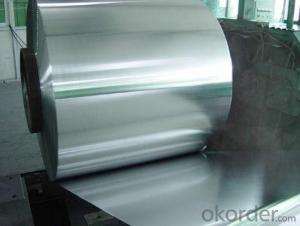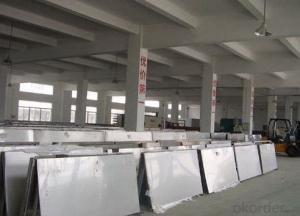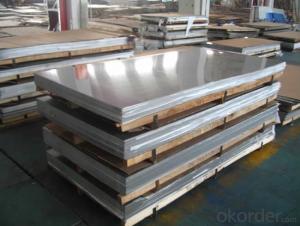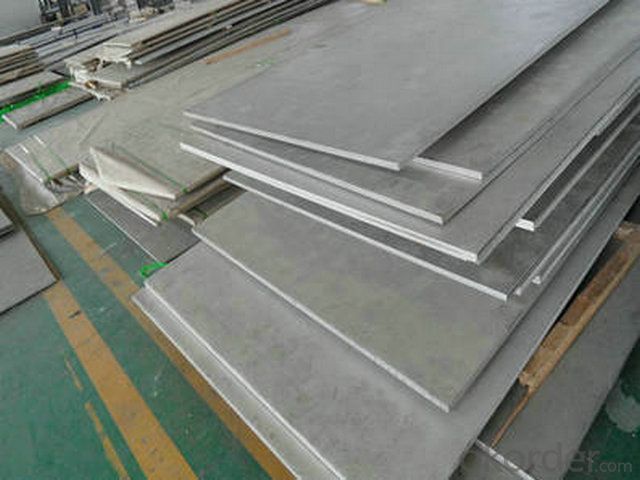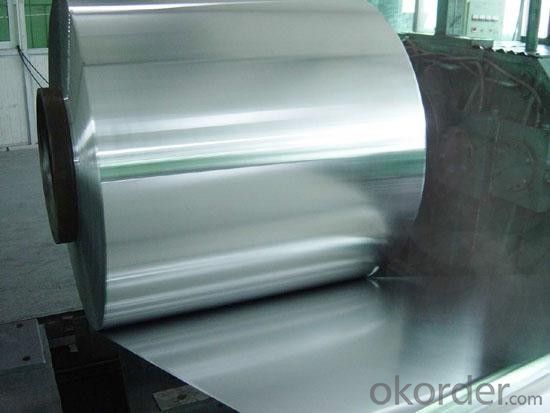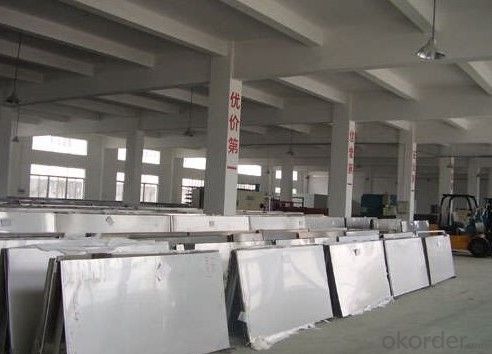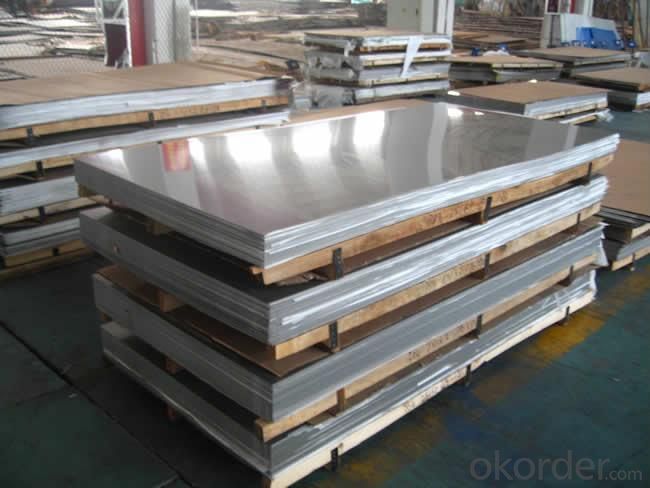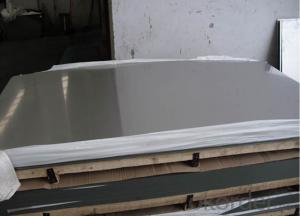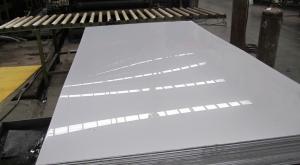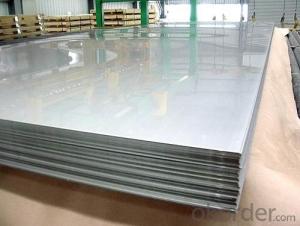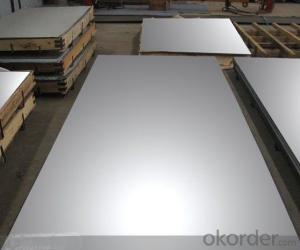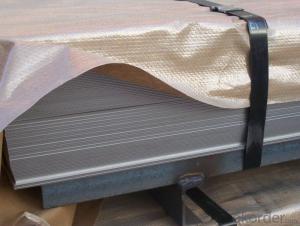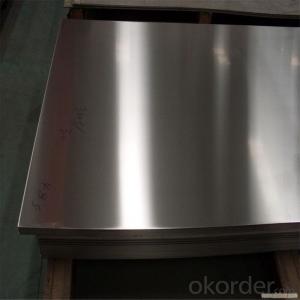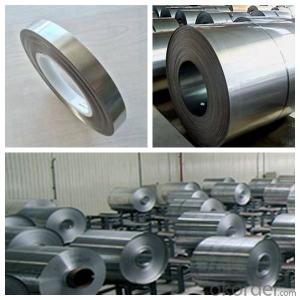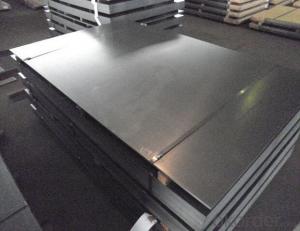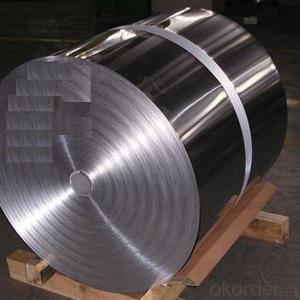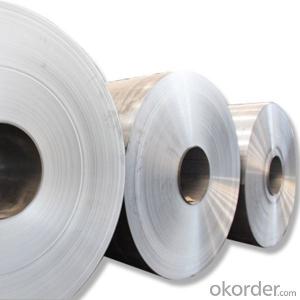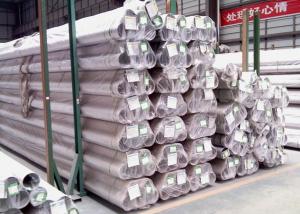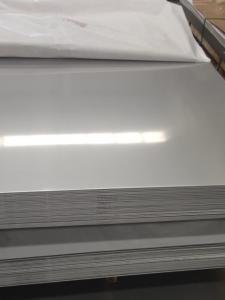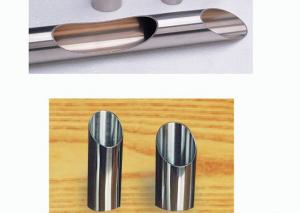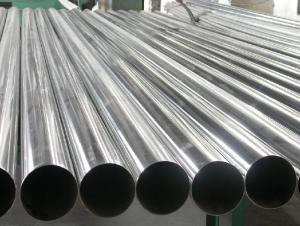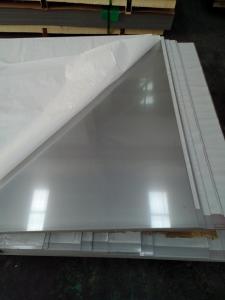Stainless Steel sheet 304 with 4MM Thickness and Made In China
- Loading Port:
- Shanghai
- Payment Terms:
- TT OR LC
- Min Order Qty:
- 10000 m.t.
- Supply Capability:
- 5000000 m.t./month
OKorder Service Pledge
OKorder Financial Service
You Might Also Like
Hot sale stainless steel sheet 201/202/304/304l/316/316l/430 in china alibaba
Description of Stainless Steel Sheet:
Description | steel sheet,hot rolled steel sheet,cold rolled steel sheet, steel sheet,sheet,steel plate |
Standard | ASME, ASTM, EN ,BS,GB,DIN, JIS etc |
Application | Steel sheet applies to construction field, ships building industry, petroleum & chemical industries, war and electricity industries, food processing and medical industry, boiler heat exchanger, machinery and hardware fields. |
Packaging | Standard export sea-worthy packing |
Delivery time | 10-30 days |
Quality | No.1 |
Productivity | 500 tons/Day |
Note | Our company has cooperative relation between the domestic agents. Stainless steel sheet can be made accordingto the customers requirements. Fasten delivery. Quality assured. |
Contacts | If you have any question,please feel free contact me. |
Stainless steel sheet surface finish characteristics
Surface finish | Characteristics and application |
2B | The surface brightness and flatness of no2B is better than no2D. then through a special surface treatment to improve its mechanical properties,No2B could nearly satisfy comprehensive uses. |
No.1 | Polished with abrasive belt of grit#100-#200, have better brightness with discontinuous coarse stria, used as inner and external ornaments for building, electrical appliances and kitchen utensils etc. |
No.4 | Polished with abrasive belt of grit #150-#180,have better brightness with discontinuous coarse stria, but thinner than No3, are used as bathtub buildings inner and external ornaments electrical appliances kitchen utensils and food processing equipment etc. |
HL | Polished with abrasive belt of grit #150-#320 on the NO.4 finish and has continuous streaks, mainly used as buildings ornaments elevators, door of building, frontal plate etc. |
BA | Cold rolled, bright annealed and skin-passed, the product have excellent brightness and good reflexivity like mirror, kitchen apparatus, ornament etc. |
8K | The product have excellent brightness and prefer reflexivity can to be the mirror. |
Main Features of stainless steel sheet :
•Escalator, Elevator, Doors
•Furniture
•Production tools, Kitchen appliances, freezers, cold rooms
•Auto Parts
•Machinery and Packaging
•Equipment and Medical devices
•Transport system
Product Details:
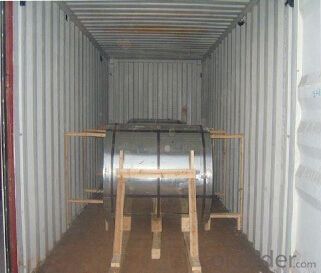
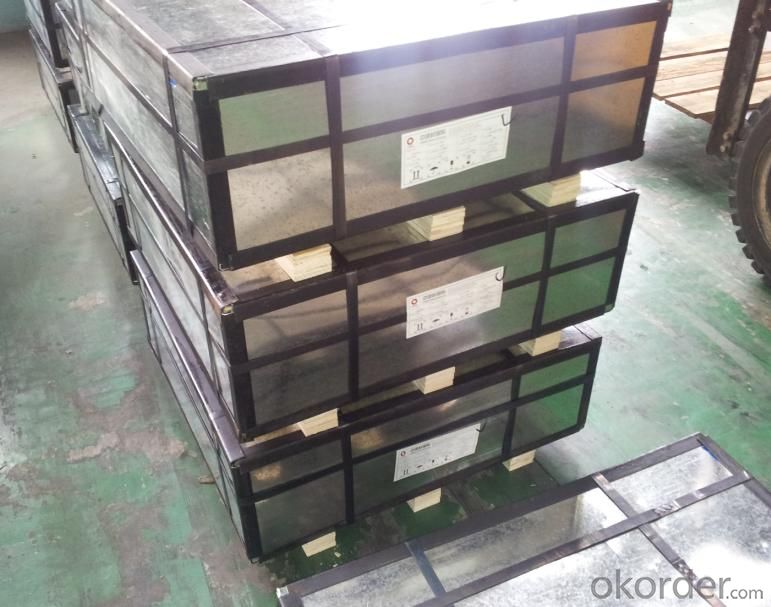
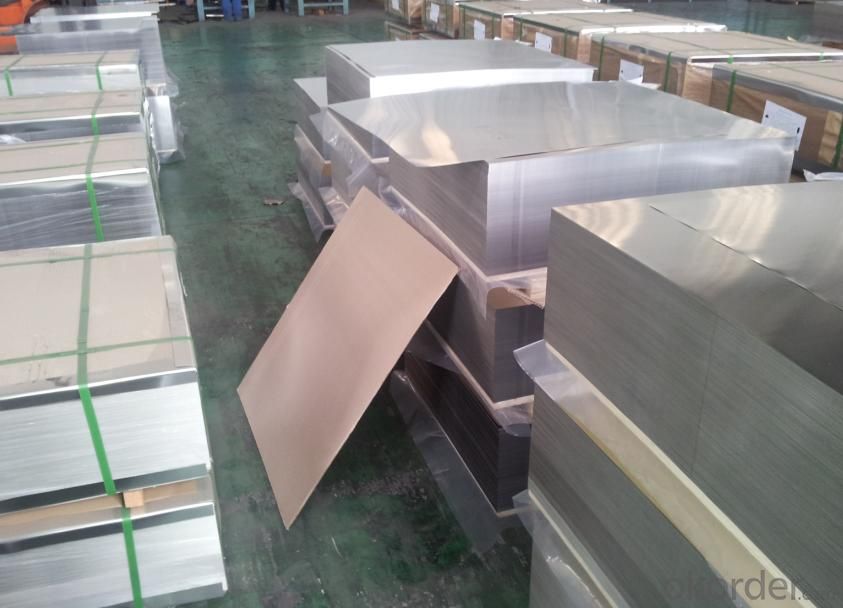
Sandard Seaworth Packing(wooden packing with water proof paper)
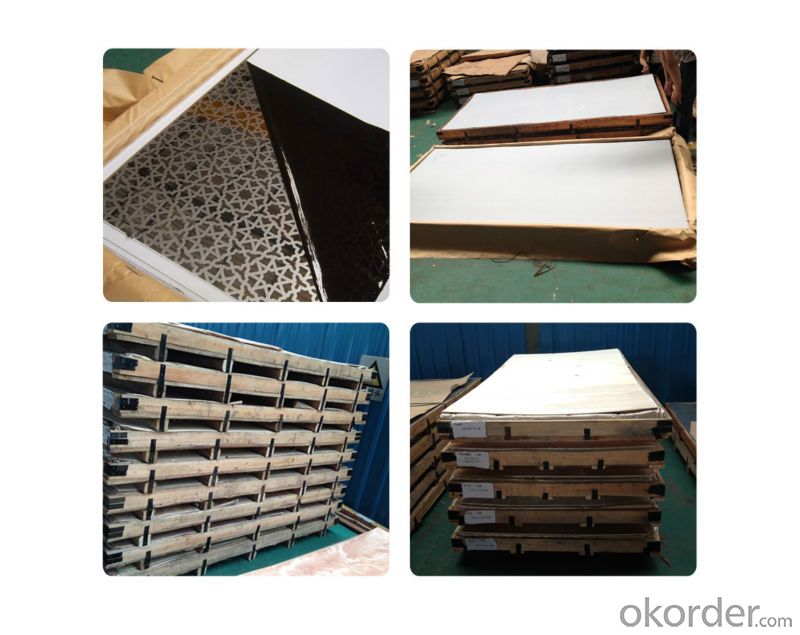
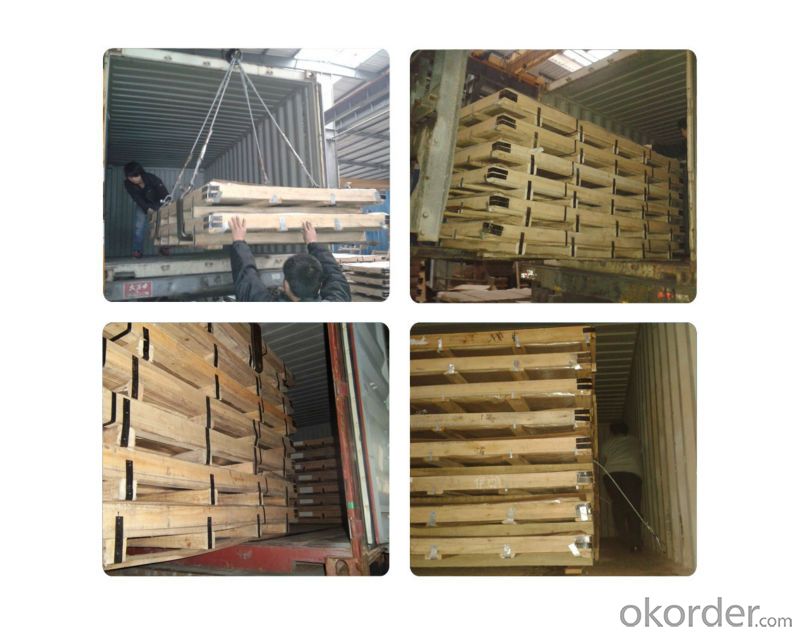
FAQ:
1. What's the quality?
very fine
2. How long get reply?
within 24 hours
If you have any question about stainless steel sheets,donot forget to sending the email to Us! You will get the competitive Price and have a very good experience about the Buying Process! CNBM International Corporation is always your trustful friend!
- Q: What is the bending strength of stainless steel sheets?
- The bending strength of stainless steel sheets can vary depending on the specific grade and thickness of the sheet. However, stainless steel is generally known for its high strength and rigidity, making it suitable for various applications that require strong and durable materials.
- Q: Are stainless steel sheets good for cryogenic storage?
- Yes, stainless steel sheets are commonly used for cryogenic storage due to their excellent properties. Stainless steel is known for its high strength, durability, and resistance to corrosion, making it suitable for extreme temperature environments like cryogenic storage. Additionally, stainless steel can maintain its mechanical properties even at very low temperatures, ensuring the safety and integrity of the stored materials. Moreover, stainless steel sheets offer good thermal conductivity, allowing for efficient heat transfer during cryogenic processes. Therefore, stainless steel sheets are a reliable choice for cryogenic storage applications.
- Q: What is the weldability of stainless steel sheets?
- Stainless steel sheets have good weldability due to their composition and properties. They can be easily welded using various welding techniques, such as TIG (Tungsten Inert Gas) or MIG (Metal Inert Gas) welding. However, the specific weldability may vary depending on the grade and thickness of the stainless steel sheet. It is important to use appropriate welding procedures and techniques to ensure a strong and durable weld.
- Q: Are stainless steel sheets resistant to heat and high temperatures?
- Yes, stainless steel sheets are highly resistant to heat and high temperatures. They can withstand extreme temperatures without warping, melting, or losing their structural integrity.
- Q: Are stainless steel sheets resistant to lactic acid?
- Yes, stainless steel sheets are generally resistant to lactic acid.
- Q: Are stainless steel sheets safe for contact with food?
- Yes, stainless steel sheets are safe for contact with food. Stainless steel is a non-reactive and non-toxic material, making it an excellent choice for food preparation and storage. It does not leach any harmful chemicals or flavors into the food and is resistant to corrosion, ensuring hygiene and safety.
- Q: What are the different types of corrosion that stainless steel sheets can resist?
- Compared to other metals, stainless steel sheets possess remarkable corrosion resistance. They can withstand several forms of corrosion, including: 1. Uniform corrosion: This occurs when the entire surface of the stainless steel sheet is exposed to a corrosive environment. However, stainless steel contains a minimum of 10.5% chromium, which creates a protective oxide layer on the surface, halting further corrosion. 2. Pitting corrosion: Pitting corrosion causes small pits or holes on the stainless steel sheet's surface. Thanks to its high chromium content, stainless steel forms a passive film that prevents pitting corrosion from advancing. 3. Crevice corrosion: This type of corrosion happens in cramped spaces or gaps where stagnant corrosive substances can accumulate. Stainless steel sheets resist crevice corrosion by maintaining their passivity and preventing the buildup of corrosive agents. 4. Stress corrosion cracking (SCC): SCC arises from the combined effects of a corrosive environment and tensile stress. Stainless steel sheets are built to withstand SCC due to their high alloy content and the formation of a protective passive film. 5. Intergranular corrosion: Intergranular corrosion affects the grain boundaries of stainless steel, making it prone to cracking and weakening. However, stainless steel sheets are typically crafted with low carbon content to prevent intergranular corrosion and ensure their durability. In general, stainless steel sheets are highly resistant to various forms of corrosion, making them the preferred choice for multiple applications in industries such as construction, food processing, and marine engineering.
- Q: How do you prevent galvanic corrosion when using stainless steel sheets?
- One effective method to prevent galvanic corrosion when using stainless steel sheets is to ensure they are not in direct contact with dissimilar metals. This can be achieved by using insulating materials or coatings, such as rubber gaskets or paint, between the stainless steel sheets and other metals. Additionally, regular maintenance and cleaning of the stainless steel surfaces can help prevent the accumulation of corrosive substances that could lead to galvanic corrosion.
- Q: Can stainless steel sheets be used in food processing applications?
- Stainless steel sheets are indeed applicable for use in food processing activities. The reason behind the popularity of stainless steel in food processing equipment is its remarkable resistance against corrosion, its durability, and its hygienic characteristics. This material possesses a high level of resistance against staining, rusting, and contamination, making it perfectly suitable for direct interaction with food items. Stainless steel sheets are frequently employed in various areas of commercial kitchens and food processing facilities, such as countertops, work tables, and food preparation zones. Furthermore, stainless steel exhibits ease of cleaning and maintenance, which plays a crucial role in guaranteeing food safety and compliance with industry regulations.
- Q: What are the different types of stainless steel sheet edge treatments available?
- There are several different types of stainless steel sheet edge treatments available, each offering unique benefits and aesthetic options. 1. Mill Edge: This is the most common type of edge treatment, where the stainless steel sheet is produced with a straight, unfinished edge. It is cost-effective and suitable for most applications where appearance is not a primary concern. 2. Slit Edge: In this treatment, the stainless steel sheet is slit to the desired width, resulting in a smooth edge. Slit edge sheets are commonly used in applications where a clean, burr-free finish is required, such as in food processing or pharmaceutical industries. 3. Deburred Edge: This treatment involves removing any burrs or sharp edges from the stainless steel sheet. It provides a smooth, safe edge and is often used in applications where safety is a concern, such as in architectural or automotive applications. 4. Rolled Edge: A rolled edge treatment involves bending the stainless steel sheet to create a rounded edge. This type of treatment is commonly used in applications where safety and aesthetics are important, such as in kitchen appliances or decorative pieces. 5. Beveled Edge: In a beveled edge treatment, the stainless steel sheet is cut at an angle to create a diagonal edge. Beveled edges are often used in architectural applications to create a smooth transition between different materials or to enhance the overall design. These are just a few examples of the different types of stainless steel sheet edge treatments available. The choice of edge treatment will depend on the specific requirements of the application, including functionality, safety, and aesthetics.
Send your message to us
Stainless Steel sheet 304 with 4MM Thickness and Made In China
- Loading Port:
- Shanghai
- Payment Terms:
- TT OR LC
- Min Order Qty:
- 10000 m.t.
- Supply Capability:
- 5000000 m.t./month
OKorder Service Pledge
OKorder Financial Service
Similar products
Hot products
Hot Searches
Related keywords
